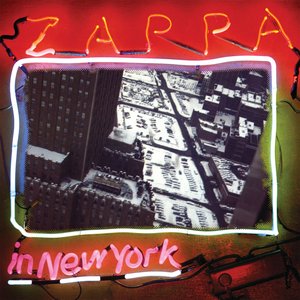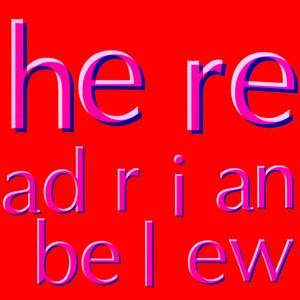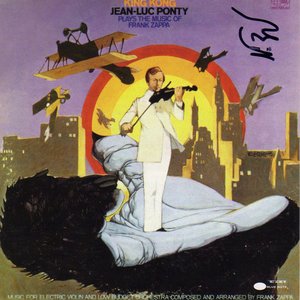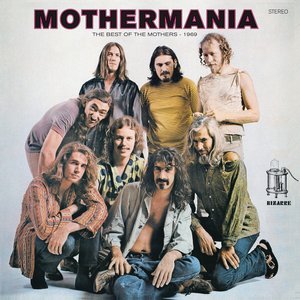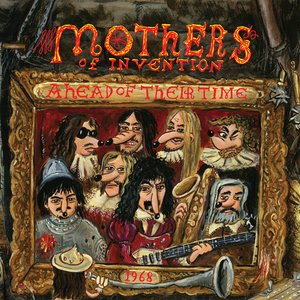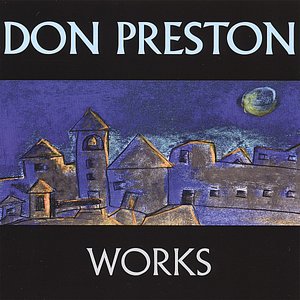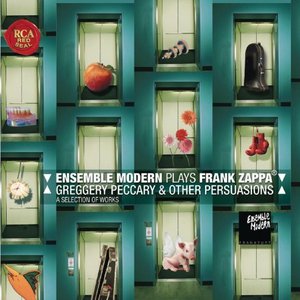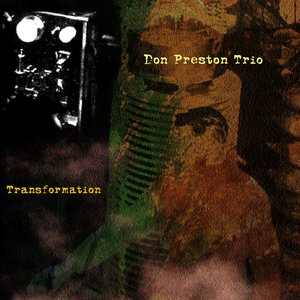Wiki
-
Length
5:34
Frank Zappa's introduction
FZ: All right now, watch this . . . Let me tell you 'bout this song. This song was originally constructed as a drum solo. That's right. Now, after Terry learned how to play "The Black Page" on the drum set, I figured, well, maybe it would be good for other instruments. So I wrote a melody that went along with the drum solo, and that turned into "The Black Page, Part 1, The Hard Version." Then I said, well, what about the other people in the world who might enjoy the melody of "The Black Page" but couldn't really approach its statistical density in its basic form? So, I went to work and constructed a little ditty which is now being set up for you with this little disco type vamp. This is "The Black Page, Part 2, The Easy Teen-age New York Version." Get down with your bad selves so to speak to "The Black Page, Part 2."
(At the end of the track)
FZ: Thank you.
Guy In The Audience: Yeah, Frank!
FZ: Did anybody dance?
"The Black Page #1" is a piece by American composer Frank Zappa known for being extraordinarily difficult to play. Originally written for the drum kit and melodic percussion (as "The Black Page Drum Solo"), the piece was later rearranged in several versions, including the disco "easy teenage New York version" (commonly referred to as "The Black Page #2") and a so-called "new-age version", among others.
On the double live album Zappa in New York (recorded 12/1976, released 3/1978), Zappa noted the "statistical density" of the piece. It is written in common time with extensive use of tuplets, including tuplets inside tuplets. At several points there is a crotchet triplet (sixth notes) in which each beat is counted with its own tuplet of 5, 5 and 6; at another is a minim triplet (third notes) in which the second beat is a quintuplet (actually a tuplet of 7), and the third beat is divided into tuplets of 4 and 5. The song ends with a crotchet triplet composed of tuplets of 5, 5, and 6, followed by two tuplets of 11 in the space of one.
Zappa would re-arrange the song into "The Black Page #2" shortly after his band's mastery of the piece. This second version has a disco beat, but nevertheless retains nearly every metric complexity from #1. One notable difference in this version is that the final set of tuplets feature a rhythmic change and are repeated three times to conclude the song. The 1991 live album Make a Jazz Noise Here includes a so-called "new age version", which incorporates lounge and reggae music. The 1994 album You Can't Do That on Stage Anymore, Vol. 4 featured a version from 1984 that had a ska motif. Both of these versions included guitar solos from Zappa.
Track descriptions on Last.fm are editable by everyone. Feel free to contribute!
All user-contributed text on this page is available under the Creative Commons Attribution-ShareAlike License; additional terms may apply.

